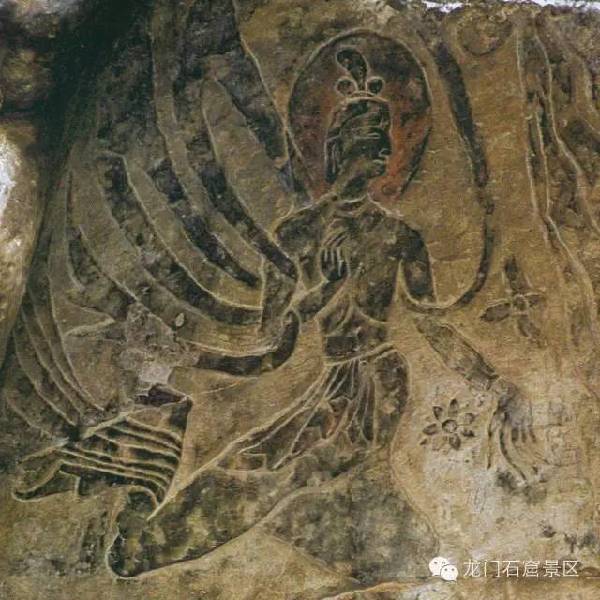Feitian – flying Apsaras in Longmen Grottoes
Updated: 2015-10-14
Feitian, the Chinese word for flying Apsara, is a female deva depicted in Hindu and Buddhist mythology. As an important Buddhist art expression form, Feitians could usually be found on the murals of Chinese temples and grottoes too.
The art form of fly apsaras in Yungang, Longmen and Dunhung Grottoes in China was actually originated from India. In Indian mythology, Feitian is said to be a goddess of cloud and water, inhabiting in lake and marsh, flying pleasantly and freely under the bodhi trees.
According to Hindu religious belief, Apsaras were beautiful and supernatural female beings. They were youthful and elegant and superb in the art of dancing. They were usually found in the palaces of the gods, entertain and sometimes seduce gods and men. Apsaras were also compared to angels.
The Feitian images in Longmen Grottoes mostly appear on the top of grottoes or the niche surfaces around the statues. They look slim in figure, plump in face, unstrained in manner and gentle in mood.
The following are a set of Feitian images from the Longmen Grottoes.
 |
|
A Northern Wei Dynasty (AD 386-534) Feitian image from the Guyang Cave, Longmen Grottoes [Photo / Longmen Grottoes on WeChat] |






